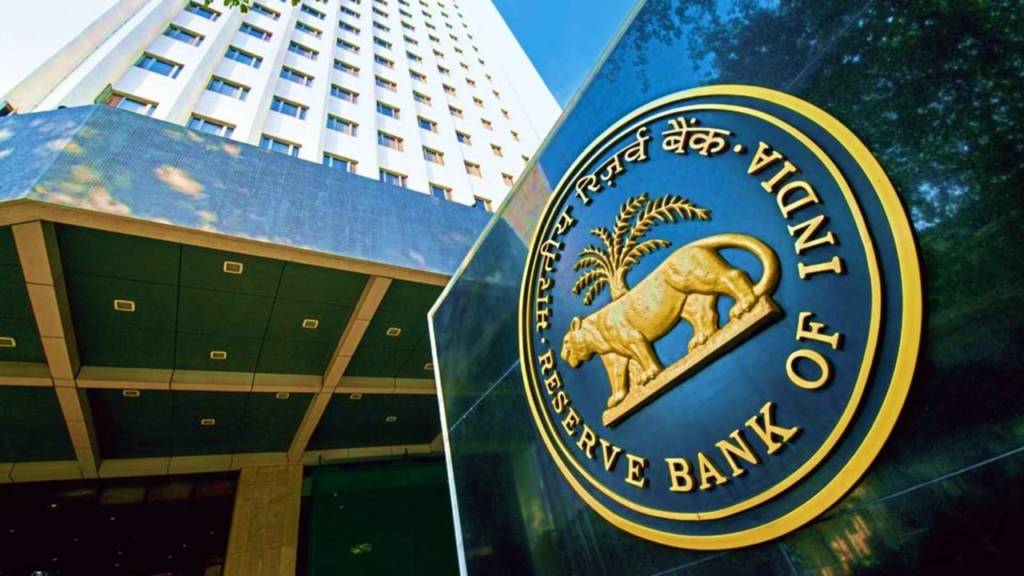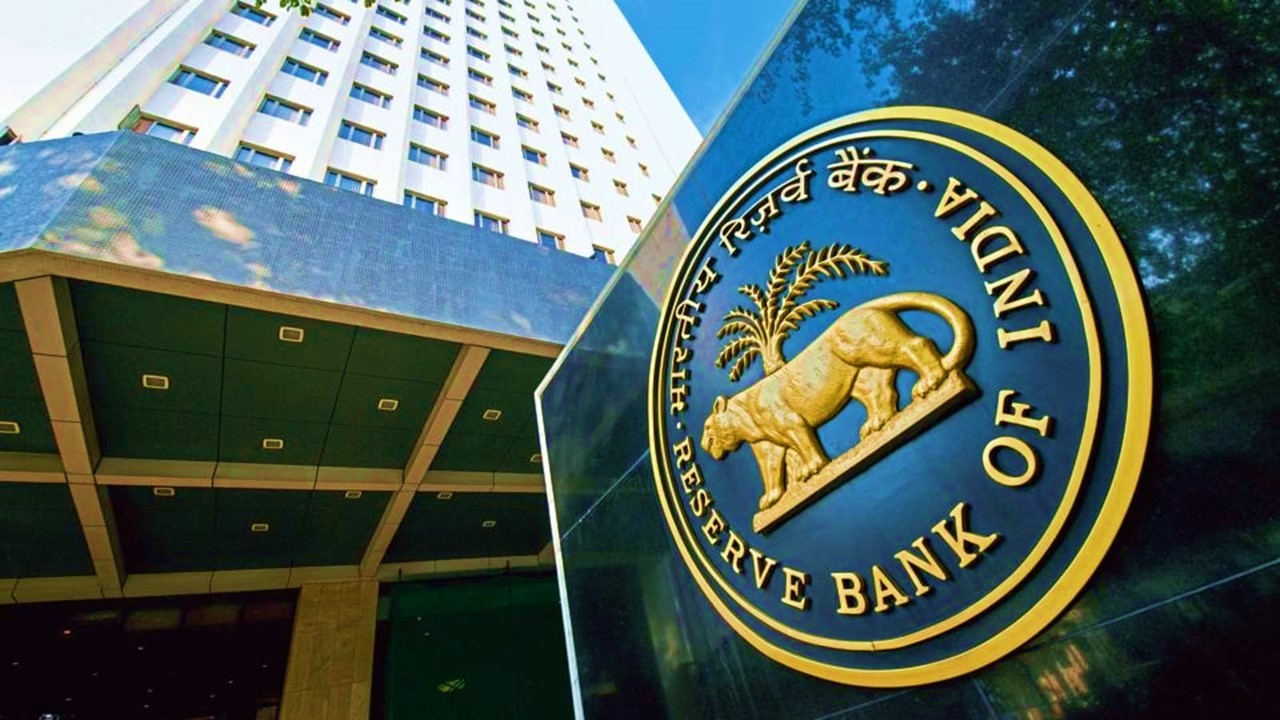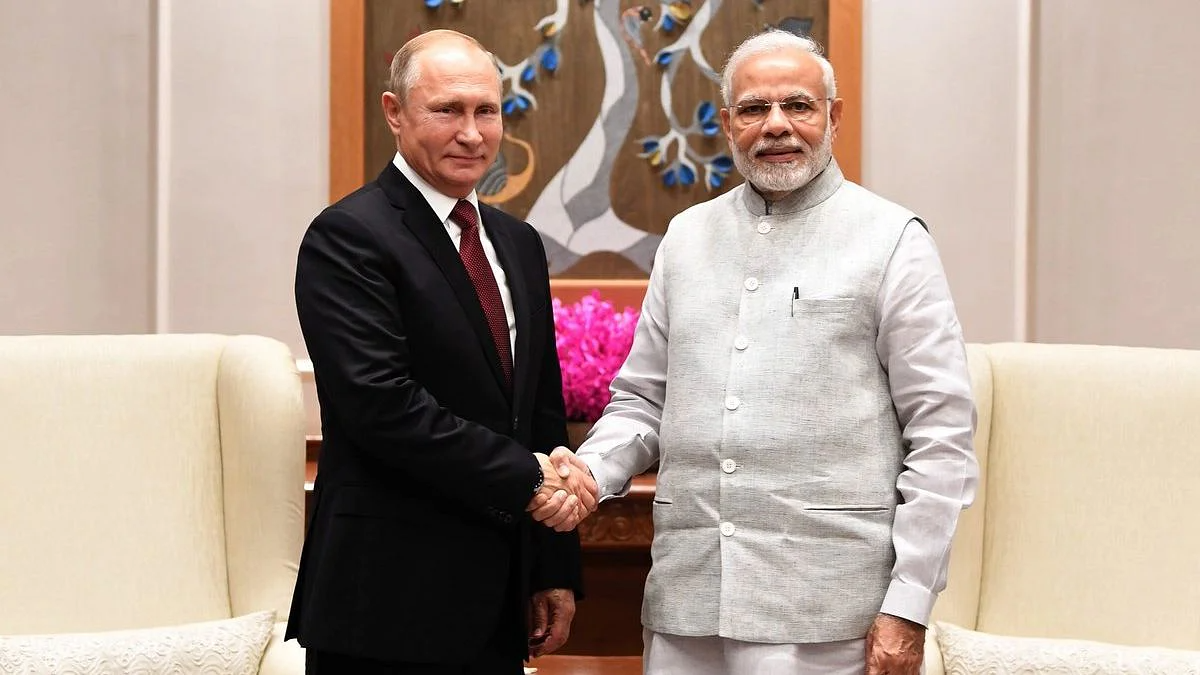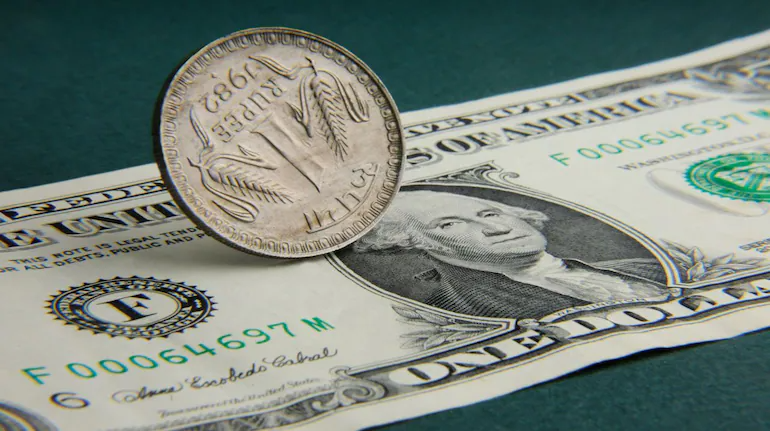
New India’s Rupee Goes Global & Dematerialized!
Oil and gas deals, gold imports, small & medium ticket trade payments must be settled in rupees. Russia jumping on to the rupee bandwagon is a big breakthrough even as India readies to overtake Germany as third largest economy.
K.A.Badarinath
Two significant developments this week have made the trajectory on Indian rupee very clear. One, Indian government’s fancy idea of taking the modest rupee global has taken wings. And, there’s definitive movement forward on digitizing the rupee after having rejected calls for legalizing private crypto currencies.
Both these movements point to the ambition and forward looking policy stance of the Indian government and Reserve Bank of India if one were to gauge the implications.

First things first, how does one make Indian rupee a global currency to reckon with after Chinese Yuan or Renminbi that has emerged as the fifth largest trading currency in last few years? Some baby steps seem to have been taken with regards to the rupee though naysayers think that it’s more of positioning the Indian currency by ultra-patriotic Narendra Modi government and Hindutva forces.
Using Special Rupee Vostro (SRV) and bespoke accounts to expand international trade and settle export import deals on rupee terms is good beginning to internationalize the Indian currency.
By-passing the dollar, euro, yuan or pound sterling denominated trades is no doubt the first step. The advantage in settling trade deals against rupee is many folds. Apart from internationalizing the rupee, Indian payment systems and gateways get popularized across trading and currency community.
Secondly, volatility in global currencies that hitherto rummaged our trading community and foreign exchange traders catering to a large community of Indian students and travellers may now have limited impact once the deals are squared in rupees.
Russia, a large energy and strategic partner for India, became the first large economy to open a special rupee vostro account to settle trade deals in rupees. Gazprombank of Russia has already opened a rupee denominated account with UCO Bank. Two largest banks, Sberbank and VTB Bank from Russia are also in the process of opening such accounts through their branches in Delhi.
This will give a big push to non-dollar, euro or Yuan designated trade between India and Russia that’s facing issues as it has been cut off from the Swift payment system globally after its attack on Ukraine.

Sri Lanka, Maldives, several South East Asian, African and Latin American countries may also follow suit given their inclination to pursue non-dollar trade deals concluded in Rupees.
Countries like Zimbabwe, Malawi, Djibouti, Ethiopia, Sudan, Madagascar, Kenya, Namibia and Bangladesh may also be willing to do rupee denominated trade deals. Current volumes and value of trade with these countries may be very insignificant. But, with big players like Russia joining the bandwagon, Indian rupee is bound to get the foothold it’s looking for in the global currency and trade markets.
With over $ 800 billion merchandise trade clocked annually, there may be no reason why India should not have a say in determining payment terms. An equivalent value in services trade or more should add muscle to Indian negotiators seeking to make rupee settlements.
While non-oil trade products and services deals may take a while to settle in rupees, oil and natural gas deals should be done in rupees. Given that Russia has emerged biggest supplier of oil after Iraq, Saudi Arabia, UAE and USA in that order, negotiation with Moscow on rupee denominated payment terms seems to have been concluded. Moreover, both India and Russia have long history of clinching oil deals in rupee – roubles during protracted cold war era.
With Iraq, UAE and Saudi Arabia as well, there’s no limitation on India to settle oil and gas deals bypassing the US dollar or the euro. In the non-oil trade, small and medium ticket deals with a dozen countries can still be targeted.
Chinese President Xi Jingping may be more than willing to do a Yuan – rupee designated deals thereby disrupting virtual monopoly of US dollar and euro denominated deals. Given that India continued to be a big customer for China, non-dollar deals should be okay irrespective of the geo-political tensions and border disputes between the two countries.
Gold imports are something that should move to rupee denominated settlements. With India being largest consumer of gold at about 1050 – 1200 tonnes annually valued at about $ 55 – 60 billion, New Delhi should begin rupee pitch on the bullion market. Gold is the second largest import item after oil and natural gas imports that range between $ 100 – 120 billion yearly.

Second big development is modest rupee going digital on pilot basis that kicked off last few days beginning with Government securities. This is a definitive milestone in India’s banking history that goes beyond the British imperialist era. Rejection of cryptos as decentralized, speculative and block chain based currency in India was a difficult step but the right one.
Having rejected private crypto currencies for commercial transactions, recognition as an asset and banks’ collateral, India’s foray into digital space through the rupee monitored and regulated by RBI marks a new beginning for the world’s fourth largest economy.
As India prepares to surpass Germany and emerge third big economy internationally, phased roll out of e-rupee was the most desirable and sustainable option that Modi government and RBI has taken recourse to. This is in contrast with countries like Hong Kong that legalised crypto-currencies and El Salvador that set up a dedicated cryto-currency city.
Central Bank Digital Currency (CBDC) or e-rupee has nothing to do or common with the private crypto-currencies. E-rupee is equivalent in value and acceptable to Indian government as much as the rupee in physical notes and coins. Even most advanced economies like US, UK and European geographies are grappling with the havoc unleashed by private crypto currencies that are speculative in values, not backed by an asset and mostly used for narcotic drug deals and laundering by terror groups internationally.
It would only be wise for India to take the lead through G-20 when it assumes the group’s presidency next month on evolving a global framework on the crypto-currencies. Learning from each other’s experiences with regards to crypto-currencies, their spread, crypto exchanges and factories should be the first point.
Curbing all narcotic payments and laundering through collective global community efforts should easily be the second point for action. Thirdly, if there’s consensus on technology based diverse unregulated currencies then rule-based transactions can be rolled out voluntarily by member countries with filters and restricted areas at least for the time being.
(The writer is Director and Chief Executive of New Delhi based think tank, Centre for Integrated and Holistic Studies)

